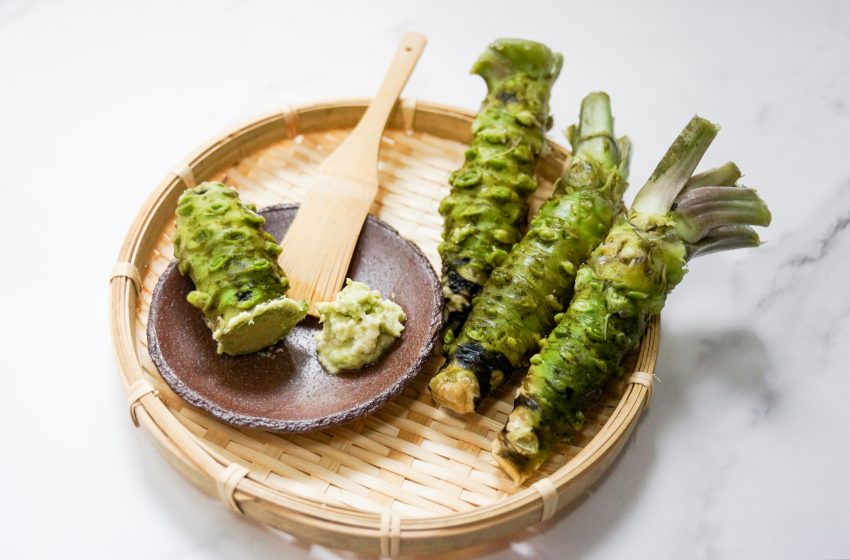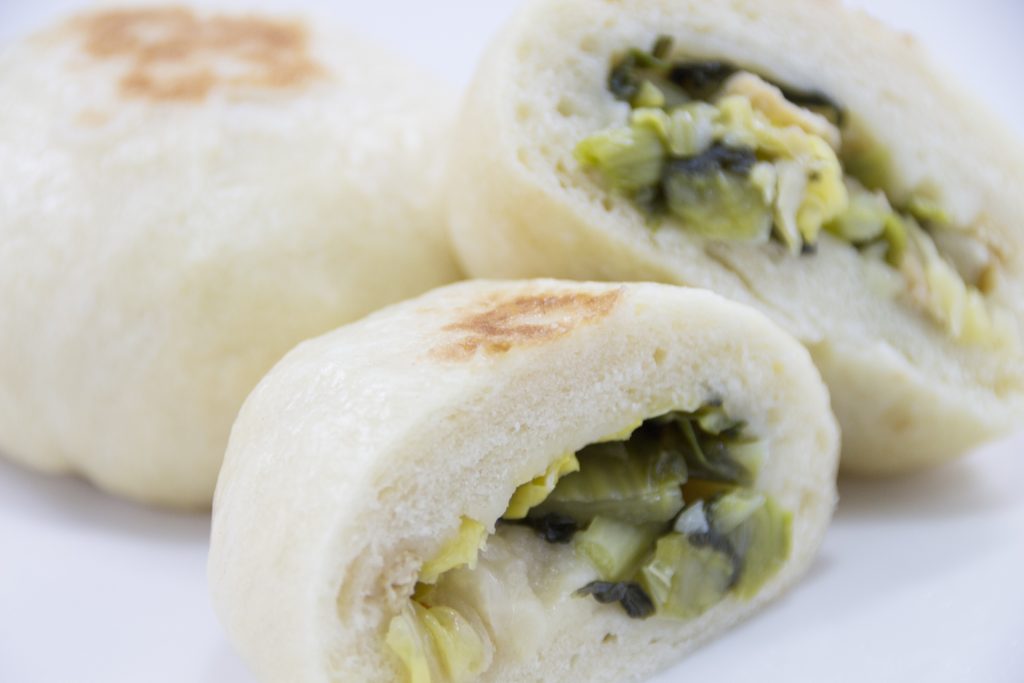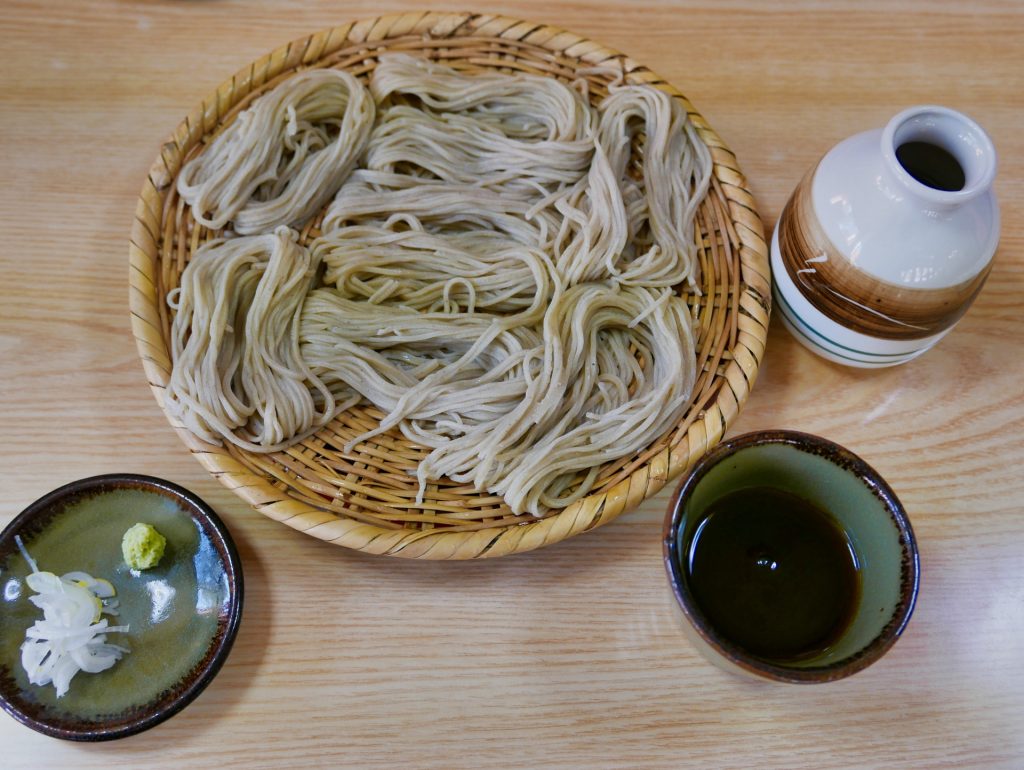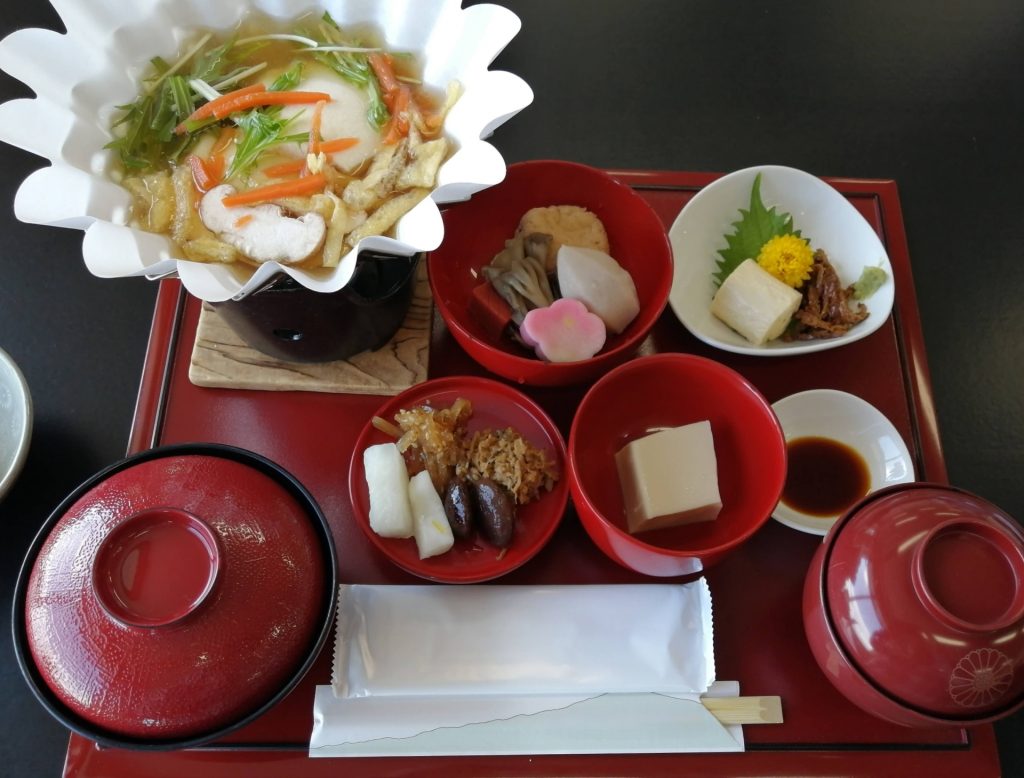
Wasabi: The Pungent Delight of Japanese Cuisine
Hello, foodies and culinary adventurers! Today, we’re diving into the world of Wasabi, a quintessential component of Japanese cuisine known for its unique flavor and vibrant green color. Often referred to as Japanese horseradish, Wasabi is much more than a condiment for sushi; it’s a culinary tradition deeply rooted in Japan’s gastronomic history.
What is Wasabi?
Wasabi (Wasabia japonica) is a plant native to Japan, belonging to the Brassicaceae family, which includes mustard, horseradish, and cabbage. The part commonly used is the stem, which, when grated, turns into a spicy, intensely flavored paste. Wasabi grows naturally along stream beds in mountain river valleys in Japan.
The Unique Flavor of Wasabi
Wasabi is famed for its sharp, fiery flavor, which provides a potent kick to dishes. Unlike chili pepper’s lingering burn, Wasabi’s heat is more fleeting, affecting the nasal passages rather than the tongue. This distinct sensation is due to the compounds called isothiocyanates.
Traditional Wasabi Cultivation
Growing Wasabi is a challenging and labor-intensive process, requiring specific conditions – clean, running water, and a temperate environment. Traditional Wasabi farms, known as ‘Wasabi-da’, are often located in the misty mountains where these conditions are naturally present. This labor-intensive cultivation contributes to Wasabi’s reputation as a luxury item.
Wasabi in Japanese Cuisine
Wasabi is synonymous with sushi and sashimi, providing a spicy contrast to the fish’s freshness. However, its use extends beyond these dishes:
- Soba Noodles: Wasabi is often served with cold soba noodles, adding a zesty flavor to the dipping sauce.
- Steak and Seafood: It can be used as a flavor enhancer for grilled meats and seafood.
- Snacks: Wasabi-flavored snacks, like nuts and chips, are popular for their unique kick.
Fresh vs. Processed Wasabi
Most Wasabi served outside Japan is actually horseradish dyed green, as real Wasabi is rare and expensive. Fresh Wasabi has a more complex and delicate taste compared to the sharper and more pungent horseradish-based paste.
Health Benefits of Wasabi
Wasabi is not just flavorful; it also has health benefits. It contains antimicrobial properties that can help in food safety, particularly when consuming raw fish. It’s also packed with antioxidants.
Conclusion: A Staple of Japanese Flavor
Wasabi is an indispensable part of Japan’s culinary identity, adding not just heat, but depth and tradition to every dish it graces. Whether you experience it freshly grated or in its more common paste form, Wasabi is sure to add a memorable twist to your Japanese dining experience.
So next time you enjoy a piece of sushi or a snack, remember the rich history and delicate process behind that little dollop of green – a true taste of Japan.




